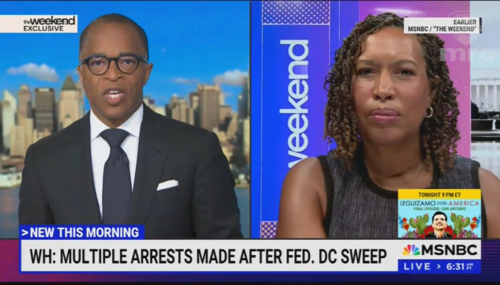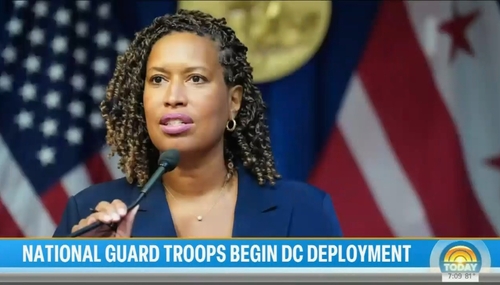There are some eerie similarities between Oct. 19, 1987 and today: saber-rattling by the Iranians, a two-term Republican president nearing the end of his term and a network television news media voicing warnings of doom and gloom.
“It’s a day that will be in bold print in history books – Black Monday, October 19th, 1987, when the stock market went into a freefall, losing more in one day than it did on Black Tuesday in 1929,” anchor Tom Brokaw said on the Oct. 19, 1987, NBC “Nightly News.” “And while conditions are much stronger now than they were then, today’s precipitous plunge struck fear in the hearts and pocketbooks of even Wall Street veterans.”
The Initial Reaction
There was a lot of uncertainty the hours following the close of the stock mark after the 508-point 22.62-percent drop in the Dow Jones Industrial Average.
“[N]ow some analysts argue that the stock market’s recent activity is heading for recession, if not depression in the 1990s,” said CNN correspondent Mark Left on the Oct. 19, 1987, CNN “PrimeNews.”
Of course, the
“Isn’t there a problem that there seems to be a lack of political and economic coherence in
The Media and the Days After
By Tuesday, TV anchors had a more positive tone in the coverage.
“[I]nvestors began to move quite deliberately away from the edge of the cliff and when the bell rang today, the Dow Jones Industrial Average had actually posted a record rise,” said ABC “World News Tonight” anchor Peter Jennings on his Oct. 20, 1987, broadcast. “It only represented about a fifth of Monday’s loss and it wasn’t the whole story, but it wasn’t yesterday.”
The End of the World that Never Came
Despite the frayed nerves and up-to-the-minute alerts from the media offering to tell viewers of any disastrous economic fallout from the crash, the markets recovered and the second coming of the Great Depression never occurred.
“[A] lot of people not knowing for sure where this market will go today,” Brokaw said on an NBC “Special Report,” following the opening of the stock market on Oct. 20, 1987. “But, at least it started on an up note – where it will end, only time will tell.”
According to an article in the Oct. 18, 2007, San Francisco Chronicle, if you had remained confident in the market you would have come out ahead.
“If you had invested $1,000 in the S&P 500 index at the close of trading on Oct. 19, 1987, and reinvested your dividends, today you would have nearly $10,800, according to S&P's Howard Silverblatt,” Kathleen Pender wrote.
Even adjusted for inflation, that would have been a $1,835 investment in the S&P 500 in 2007 dollars, but still an impressive return on your investment nonetheless.
The Coverage 20 Years Later
Some media outlets have been on stock market crash watch to mark the historic occasion.
Barron’s financial weekly’s cover asked that question on October 15: “Black Monday … Why Wall Street doesn’t think it can recur.
“CBS Evening News” actually compared 1987 and 2007 prompting correspondent Alexis Christoforous to say, “Can it happen again? It could.”
But experts are not as worried as Christoforous and Barron’s. Unlike some in the media, “Hardly anyone is thinking about” the crash of 1987, according to Phil Roth (quoted by The Wall Street Journal on October 15). Roth is a chief technical market analyst at the brokerage firm Miller Tabak.
That Wall Street Journal article, by E. S. Browning, also disagreed with assertions that stocks are “overvalued,” one of the triggers of the 1987 crash.
“Stocks don’t look as overpriced today as they did in 1987. Today, the companies in the Standard & Poor's 500-stock index trade only a little above the historical average of 16 times profits for the past 12 months. In 1987, the S&P 500 was at more than 20 times profits.”





